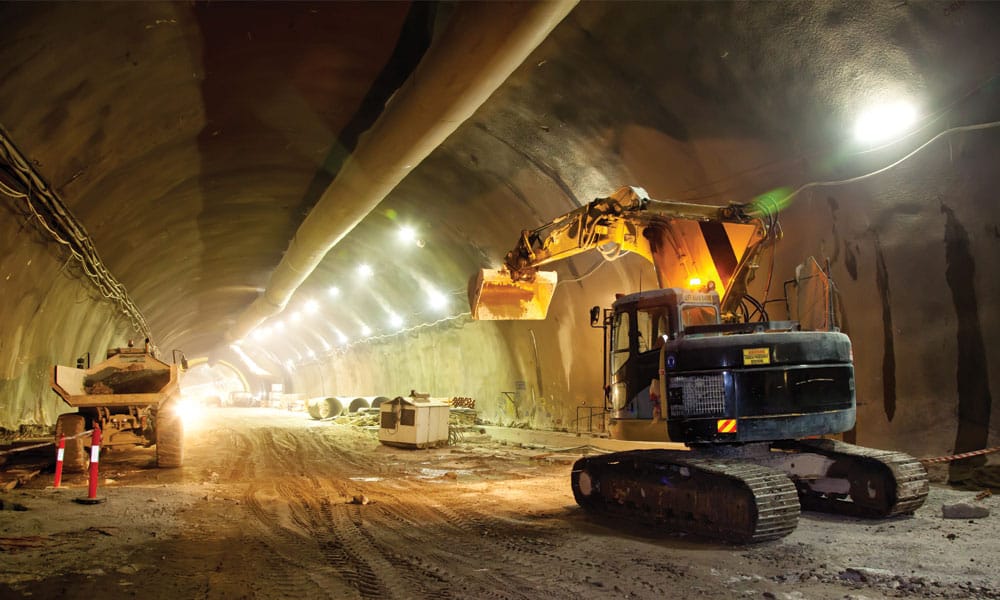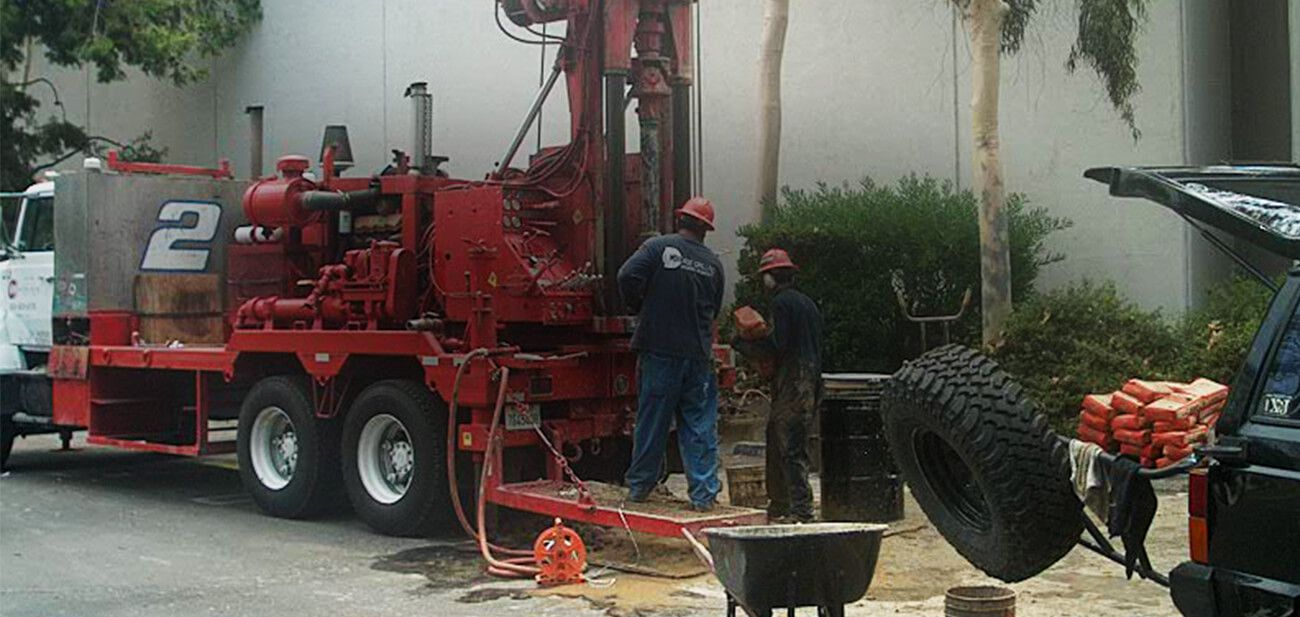Innovative Uses of Geotheta in Modern Geotechnical Technique
Innovative Uses of Geotheta in Modern Geotechnical Technique
Blog Article
Browsing Geotechnical Providers: The Importance of Geotechnical News, Soil Compaction Screening, and Sidewalk Layout in Ensuring Structural Honesty
Geotechnical solutions, encompassing the manufacturing of geotechnical reports, carrying out dirt compaction screening, and thorough sidewalk layout, serve as the keystone of ensuring architectural honesty. geotheta. These necessary parts not only lay the groundwork for effective task implementation yet also alleviate possible threats that could compromise the security and toughness of a building job.
Significance of Geotechnical Records
Geotechnical reports play an essential function in providing detailed understandings into the dirt and rock conditions of a website, essential for making certain the structural stability of building tasks. These records are an essential element of the preliminary site examination process, supplying valuable details that influences the style, construction techniques, and general expediency of a task. By analyzing soil make-up, security, and prospective dangers such as landslides or sinkholes, geotechnical records make it possible for engineers to make enlightened choices concerning foundation layout and building methods.
Furthermore, geotechnical records aid in threat evaluation and mitigation techniques, aiding task stakeholders comprehend the potential obstacles that might develop during building. Via extensive assessment and analysis of geotechnical information, engineers can establish options to resolve site-specific issues, ensuring the lasting stability and security of the framework. Eventually, the detailed nature of geotechnical reports serves as a vital structure for successful task planning and execution, decreasing dangers and improving total project results.

Duty of Dirt Compaction Testing
How vital is the analysis of soil compaction with screening for ensuring the stability and durability of construction tasks? Dirt compaction screening plays an essential duty in the building and construction sector by guaranteeing that the soil below a structure is appropriately compacted to sustain the intended tons and stop settlement (geotheta). Effectively compacted dirt provides a secure structure for buildings, roadways, and other structures, decreasing the threat of structural failing and expensive repair services in the future
Dirt compaction screening entails gauging the thickness of the soil and comparing it to the optimum thickness possible for that specific dirt kind. If the dirt has been compacted completely to sustain the planned structure, this helps engineers determine. By conducting soil compaction examinations throughout building, designers can determine any kind of locations that need extra compaction and take corrective actions before proceeding with further construction.
Significance of Pavement Layout
Evaluating dirt compaction with testing not just ensures the security and durability of construction tasks yet likewise lays a critical foundation for reliable sidewalk layout. Proper pavement layout takes into consideration variables such as traffic lots, environmental problems, dirt characteristics, and material homes to create a durable and lasting surface area. By including information from dirt compaction examinations, engineers can determine the appropriate thickness, materials, and layering for the pavement to endure anticipated stress and anxieties and preserve structural integrity over time.
Ensuring Architectural Integrity
These reports supply necessary info on dirt composition, stability, and prospective threats, aiding in educated decision-making throughout the style and building phases. In addition, carrying out detailed soil compaction screening is vital to guarantee that the dirt under foundations or pavements is appropriately compacted to sustain the desired lots and prevent negotiation concerns.
Moreover, implementing robust pavement style methods is vital for making certain the architectural honesty of roadways, car park, and other smooth surface areas. Appropriate pavement style thinks about aspects such as traffic volume, ecological problems, and soil qualities to develop risk-free and long lasting transportation facilities. By sticking to these techniques and making use of geotechnical services properly, construction jobs can enhance their structural stability, reduce risks of failure, and guarantee the lasting efficiency of the built environment.
Securing Against Threats
In light of the essential significance positioned on guaranteeing architectural integrity through careful attention to material choice and soil screening, safeguarding against dangers comes to be paramount in maintaining the security and long life of building tasks. Threats in building and construction projects can come from numerous resources, consisting of natural disasters, soil instability, or style defects. To secure versus these risks, thorough threat evaluation procedures must be implemented at every phase of the project. This includes detailed geotechnical examinations to recognize prospective hazards, such as soil disintegration or seismic activity, that might endanger the job's stability.
Additionally, creating backup plans and carrying out robust tracking systems can assist alleviate unpredicted threats that might emerge throughout building. Normal inspections and top quality control actions need to be performed to make certain that materials are made use of in conformity with requirements and that construction methods geotheta comply with market standards. By proactively identifying and addressing potential threats, building and construction tasks can enhance their strength and decrease the probability of architectural failures, inevitably ensuring the safety and durability of the built atmosphere.
Verdict

Soil compaction testing plays a vital function in the building and construction market by making certain that the dirt underneath a structure is properly compacted to stop and sustain the desired lots negotiation.Soil compaction screening entails measuring the thickness of the soil and contrasting it to the optimum density possible for that specific dirt type (geotheta). By conducting soil compaction examinations during building, engineers can identify any locations that call for extra compaction and take restorative procedures prior to proceeding with further building and construction
Furthermore, carrying out thorough soil compaction testing is crucial to ensure that the dirt beneath foundations or pavements is properly compacted to sustain the designated tons and stop negotiation issues.
In final thought, geotechnical reports, soil compaction testing, and sidewalk style play essential functions in making sure the architectural stability of building and construction projects.
Report this page